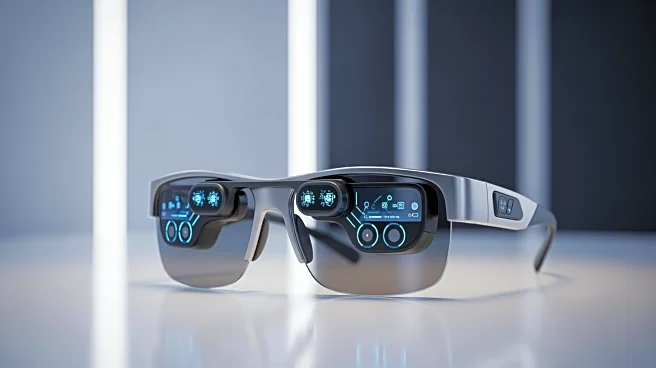What's Happening?
Tinder has announced the expansion of its facial verification feature, Face Check, to new users in the United States. This feature requires users to verify their identity by submitting a short video selfie,
which is then used to create a 3D video scan of their face. The initiative aims to reduce impersonation and ensure users are not interacting with bots or fake accounts. Verified users receive a badge on their profiles, indicating their authenticity. The feature also checks for the same face across different accounts to prevent fraudulent profiles. While the video selfies are deleted after review, Tinder retains a non-reversible, encrypted face map and vector to verify new photos and prevent duplicate accounts. Face Check has been operational in California since June and is also available in countries like Colombia, Canada, Australia, India, and parts of Southeast Asia. The feature will be rolled out to more U.S. states and other dating apps owned by Match Group in 2026.
Why It's Important?
The introduction of Face Check is significant as it addresses ongoing concerns about safety and privacy on dating platforms. By reducing the presence of fake accounts and impersonators, Tinder aims to enhance user trust and safety, potentially reversing the trend of declining user engagement. The company has faced challenges in maintaining its user base, with a reported 7% drop in paying users in the second quarter of 2025. The verification feature could help restore confidence among users, encouraging more people to join or remain on the platform. Additionally, the move aligns with broader industry trends, as other companies like Meta and Bumble have also implemented similar anti-scam facial recognition technologies. This development could set a new standard for user verification in the online dating industry, influencing competitors to adopt similar measures.
What's Next?
Tinder plans to expand the Face Check feature to additional U.S. states in the coming months. The company will also integrate this verification process into other dating apps under the Match Group umbrella by 2026. As the feature rolls out, Tinder will likely monitor its impact on user safety and engagement, potentially adjusting the system based on user feedback and technological advancements. The broader adoption of facial verification could prompt discussions around privacy and data security, as users and privacy advocates evaluate the implications of storing biometric data, even in encrypted forms. Tinder's success with this initiative may influence other dating platforms to enhance their verification processes, potentially leading to industry-wide changes in how user authenticity is managed.














